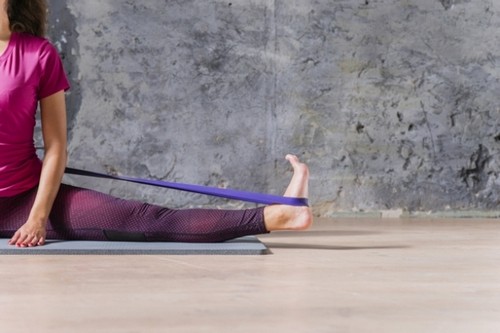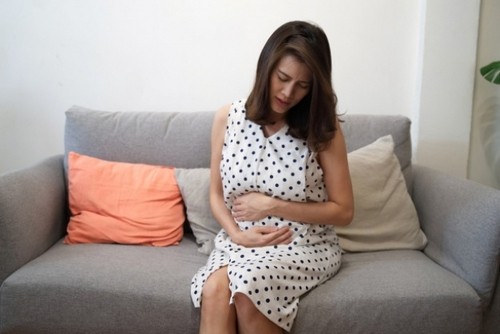Menstrual cramps are a common symptom before and during menstruation. In most cases, they are not dangerous, but sometimes they can indicate the presence of a serious disease. Therefore, if you can’t cope with discomfort on your own, be sure to consult a specialist.
During menstruation, the uterus contracts to help the mucous membrane separate from the uterus and exit through the vagina. These uterine contractions also cause painful cramps.
Most women experience cramping in the lower abdomen, although pain can also spread to the lower back, groin, or upper thighs. Some home remedies can relieve menstrual cramps.
Warmer
By placing a hot water bottle or heating pad on your stomach, you can relax your muscles and reduce cramping. Heat helps relax uterine muscles, which can ease discomfort.
You can also put a heating pad on your lower back to get rid of back pain. Another option is a warm bath, which will help relax the muscles of the abdomen, back and legs.
Light exercise
Although physical activity may be the last on your wish list during menstruation, they really can relieve pain.

Intensive exercise is unlikely to be beneficial, but soft stretching, walking or yoga can help. Exercise also releases endorphins, which are natural painkillers. A Taiwanese study found that 12-week yoga classes twice a week reduced menstrual cramps in study participants.
Orgasm
Orgasm is an excellent remedy for menstrual pain. Like physical exercises, with orgasm, a lot of endorphins and other hormones are released, which relieve pain, improving well-being.
Acupuncture
Studies have shown that acupuncture can relieve menstrual cramps. The procedure reduces inflammation in addition to releasing endorphins, and also helps to relax. To achieve the maximum effect, it is recommended to take an acupuncture course.
Massage
A professional massage or an independent massage of the abdomen will help to relax the muscles of the pelvis and relieve cramping. Try rubbing massage oil, body lotion, or coconut oil into your skin with massage movements.
Essential oils
A study in 2013 compared the decrease in menstrual pain after massage of the abdomen in two groups of students. In one group, massages using only almond oil were used, and in the other, massage using a mixture of essential oils consisting of cinnamon, cloves, lavender and rose based on almond oil.
Scientists found that the group using essential oils felt more significant relief from menstrual pain than the group using only carrier oil. Try adding a few drops of at least one of these essential oils to the carrier oil for effective self-massage of the abdomen.
Herbal tea
Some manufacturers sell special teas for menstrual pain, including chamomile, dandelion, red raspberries and fennel. Although scientific data confirming the effectiveness of herbal teas to reduce pain during menstruation is very small, some women note their benefit.
Diet change
Making some changes to the diet can reduce menstrual cramps. Following a diet rich in omega-3 fatty acids, fruits, vegetables, nuts, lean protein and whole grains helps the body stay healthy. And an increase in fluid intake: water and herbal teas, promotes hydration. After all, dehydration is a common cause of muscle cramps.

Finally, it is best to rule out excess salt, which can cause bloating and fluid retention, and caffeine, which has a dehydrating effect.
OTC drugs
If natural home remedies do not relieve pain, then you can try over-the-counter pain medications, such as acetaminophen or ibuprofen.
These medicines can relieve inflammation, pain, and menstrual cramps. But it is important to follow the indicated dosage on the package and talk with your doctor if the recommended dose is not enough to relieve menstrual cramps.
When to see a doctor?
Consult a doctor if home remedies do not help relieve cramping or pain during menstruation is too severe. Your doctor may suggest other home remedies or prescribe medications, such as birth control pills or other types of pain medication, to relieve symptoms.
Symptoms that may require a visit to the doctor include:
- Very severe bleeding.
- Cramps that worsen with time or with age.
- Severe pain or discomfort.
- Cramps that interfere with everyday life.
These symptoms may indicate an underlying condition for which the doctor will be able to offer effective treatment.



